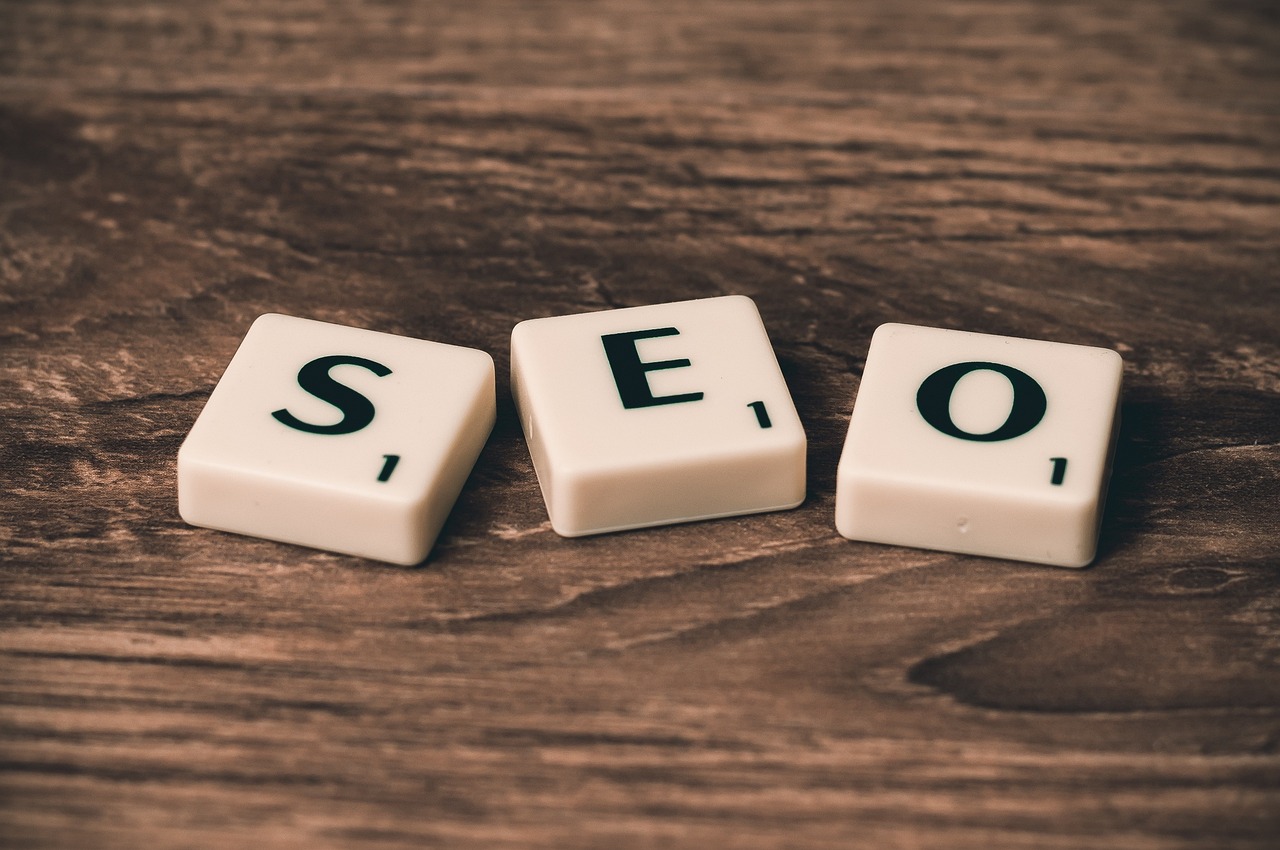Let’s say you’re running an online custom shoes business. You have a unique product, high-quality designs, and excellent customer service. However, you also know that you’re competing against well-known brands like Nike and Adidas. How can you optimize your e-commerce strategy to compete with these giants? Given the fact that you’re competing against well-known brands, you can always make the most of Google SERP by optimizing your website for SEO. This means using relevant keywords, creating superior-quality content, and building positive backlinks to elevate your search engine rankings. If your online store appears on the first page of Google search results, you’ll enjoy increased visibility and be able to attract more potential customers. Today, we’ll show you some key strategies for e-commerce optimization that can help you stand out and compete effectively.
Effective Keyword Research and Utilization
First off, let’s talk about keywords. To compete against well-known brands online, effective keyword research and utilization are essential. Your research should begin with finding relevant keywords that your target audience is searching for. Google Keyword Planner or SEMrush is your best friend to discover high-volume, low-competition keywords that align with your products or services. Once you have a list of targeted keywords, strategically incorporate them into your website content. Optimize product descriptions, meta tags, headers, and URLs with these selected keywords to improve search engine visibility.

Mobile-Friendly Design
With the increasing number of users shopping on their smartphones and tablets, it’s essential to provide a seamless browsing experience across all devices. A mobile-friendly design makes your website load quickly and display properly on smaller screens. This not only enhances user experience but also elevates your site’s visibility in search engine results. Comprehensive SEO guide Northampton offers some easy-to-read tips for mobile-optimized sites.
Optimized Product Pages
Now, let’s move on to your product pages. Basically, your product pages need to be visually appealing, super easy to navigate, and provide all the details and necessary information for customers to make a purchase decision. The key is to ensure high-quality images that showcase your products from different angles. Include detailed descriptions that highlight key features and benefits. Customer reviews and ratings will also make a great note as they can build trust with potential buyers. Make sure your product pages load quickly to prevent visitors from abandoning them due to slow loading times. Most importantly, you want to implement clear call-to-action buttons that guide users towards adding their selected items to the cart or finally completing a purchase.
Abandoned Cart Recovery
 Many customers often leave without completing the purchase. It happens more often than you think. But don’t worry, there’s a way to win these customers back through abandoned cart recovery strategies. One effective method is sending personalized follow-up emails reminding customers about the items left in their carts. Make sure to include enticing offers or discounts to encourage them to complete the purchase.
Many customers often leave without completing the purchase. It happens more often than you think. But don’t worry, there’s a way to win these customers back through abandoned cart recovery strategies. One effective method is sending personalized follow-up emails reminding customers about the items left in their carts. Make sure to include enticing offers or discounts to encourage them to complete the purchase.
Another strategy is retargeting ads on social media or other websites they visit, showcasing the products they showed interest in. Note that sending reminders too soon might be off-putting, and waiting too long could result in losing the customer for good. Success in e-commerce optimization comes down to understanding your target audience’s needs and preferences while providing them with a seamless shopping experience. By focusing on these key strategies and continuously adapting to market trends, you can elevate your brand’s online presence and compete effectively against industry giants. Embrace these tactics as pillars of your e-commerce strategy to drive growth and achieve long-term success in the digital landscape.…

